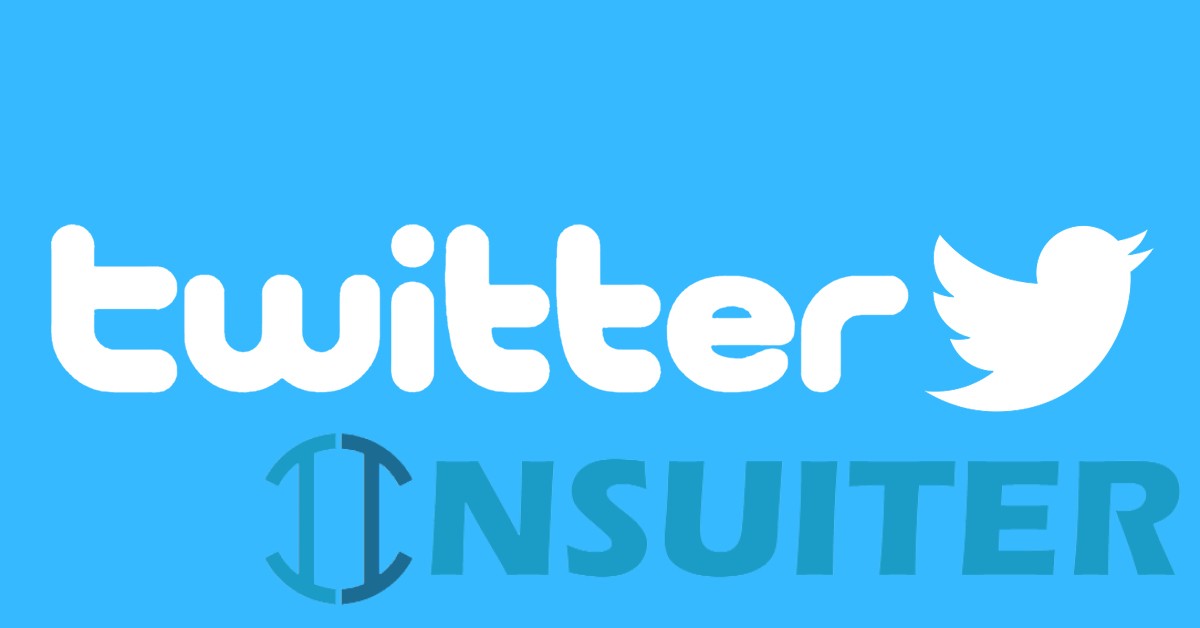How to Use Twitter Direct Messages to Better Serve Customers
While it is simple to answer basic customer support inquiries openly (which is a good thing in and of itself), many customer support problems must be addressed discreetly. If your customers are tweeting you for help, transferring those queries to Direct Message has many advantages, including the ability to address problems quickly and effectively. The Twitter Direct Message function has undergone many modifications in order to enable companies to connect with their audiences and provide a more comprehensive user experience. For example, you no longer need to ask consumers to accompany you in order to have a private discussion with them, which may cause tempers to boil when you already have an unhappy customer. In this article, we will explain how your organization can start utilizing Twitter Direct Messages as a tool to enhance the customer care experience it provides:
- Change Your Direct Messages Preferences
To begin, go into your Twitter account, click on your logo in the top right-hand corner, then Settings and privacy, then Privacy and safety, then scroll down to the bottom until you see this:
To enable this feature, select the “Receive Direct Messages from Anyone” option. We also suggest that you check the “Send/Receive read receipts” box so you know when individuals in your discussion have read a message you sent and vice versa. And now the fun begins!
- Indicate that your company offers assistance.
Twitter made modifications in September 2016 that allow companies to “inform users they offer assistance on Twitter, show when they’re most active, and let people know they have the opportunity to send them a Direct Message.”
Take notice of the “Responsive 24/7” label on the T-Mobile Twitter profile above, which indicates their support hours, the large Message button, which allows Twitter users to send Direct Messages with ease, and the fact that T-Mobile is explicitly mentioned as offering help inside searches. You may enable these services by visiting the Twitter Dashboard and heading to the Customer support settings page. Please keep in mind that you must first have changed your Direct Messages settings as described above before proceeding.
- Make Your Own Direct Message URL
You’ll need an unique direct message URL to make it simple for consumers to send you direct messages, which you can then embed into tweets to deliver to them. You’ll need your numeric user ID to construct that URL, which you can get by clicking on this link: https://twitter.com/settings/your twitter data. Once the link opens, enter your password, and your user ID will be shown, as seen in the example below from Social Media Examiner:
Simply add your user ID to the end of this URL to create your own direct message URL: https://twitter.com/messages/compose?recipient id=your account’s numeric user ID
- Incorporate Your Direct Message URL Into Tweets
It’s time to start sharing your unique direct message URL with your clients now that you have it. Consider the following scenario: one of your customers tweets you for assistance, you reply by requesting that customer to send you a direct message, and they react by wondering what a direct message is. That is a fairly probable scenario for many companies, particularly for Twitter newcomers who just use the network for tweets.
In cases when the client is already angry, attempting to explain what a direct message is may aggravate the issue. This is where the custom direct message URL comes in. You may reply to that customer by pasting your unique direct message URL into a tweet, and Twitter will automatically convert that URL into “Send a private message,” as seen in the example to the right. When the client clicks on the link, they will be able to initiate a direct messaging discussion with you.
- Include a Twitter Message Button in Your Message
Do you believe your consumers will accept Twitter direct messaging as a form of customer service? Perhaps even more so than sending in queries via your website, Facebook, or other social media networks? If this is the case, you may wish to add a Twitter Messaging Button straight to your website, allowing your consumers to initiate a direct message discussion with you immediately from your website. This is how you do it:
Go to the Twitter Publish website – https://publish.twitter.com/# – scroll down, and then click on Twitter Buttons, followed by Message Button.
Enter your profile URL or username, followed by the same numeric user ID you used to create your own direct message URL earlier in this article, and then click Preview to see how the button will appear. Once the button has been created, embed it on your website in a place where consumers will be able to quickly discover it (perhaps your contact page), and you’re done! You may also want to include a tweet button next to it so that your consumers may contact you publicly as well as privately through direct messaging if they so choose.
Final Words
Hope you got what you wanted. You can share it with your friends and family about this context.

